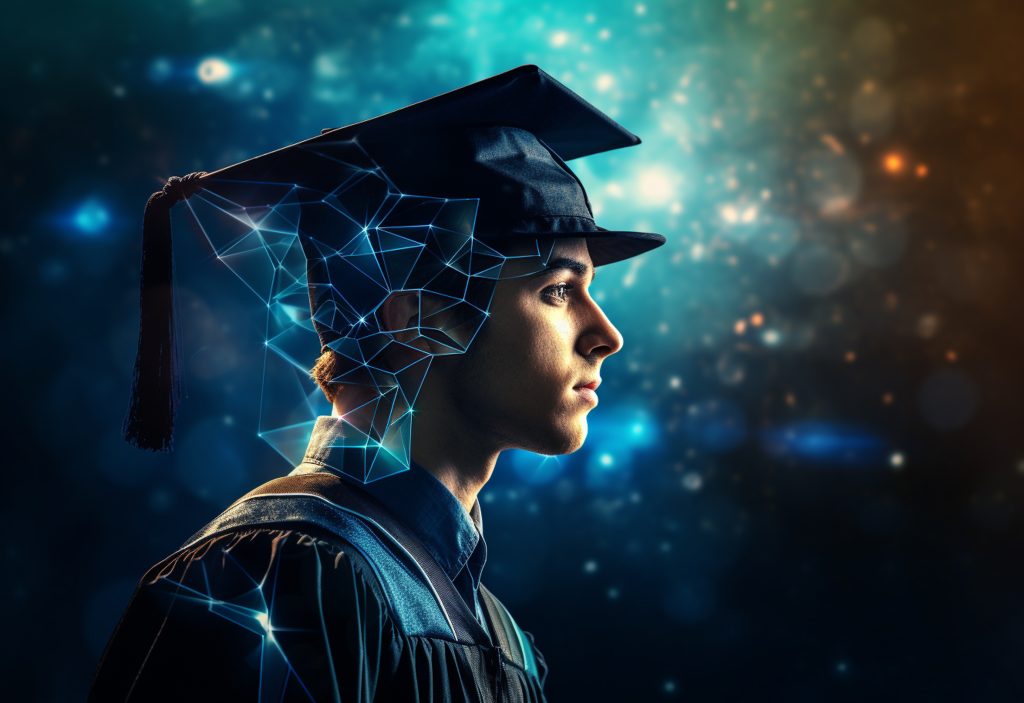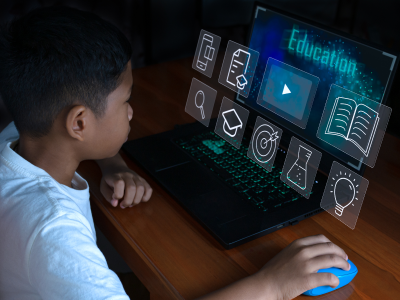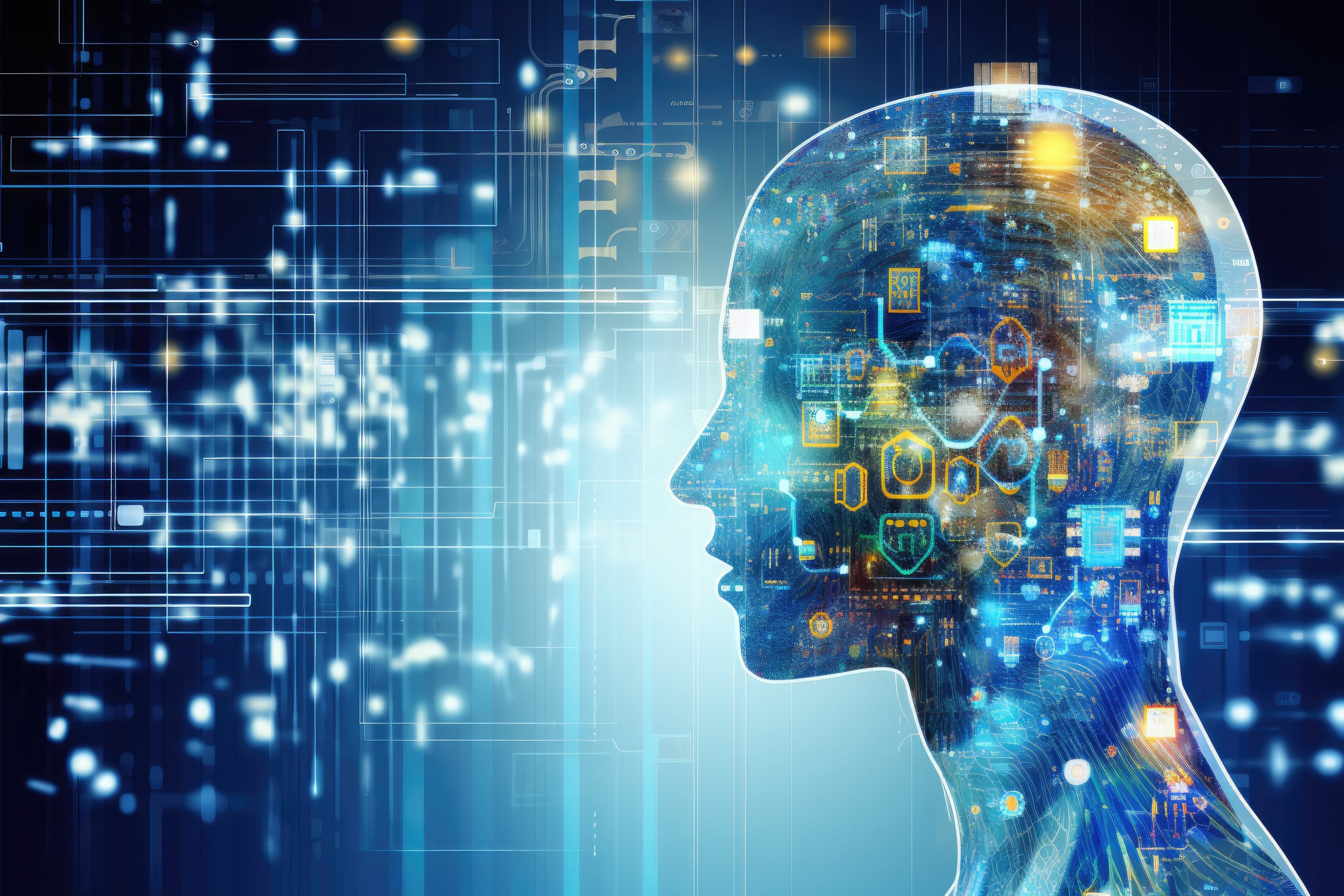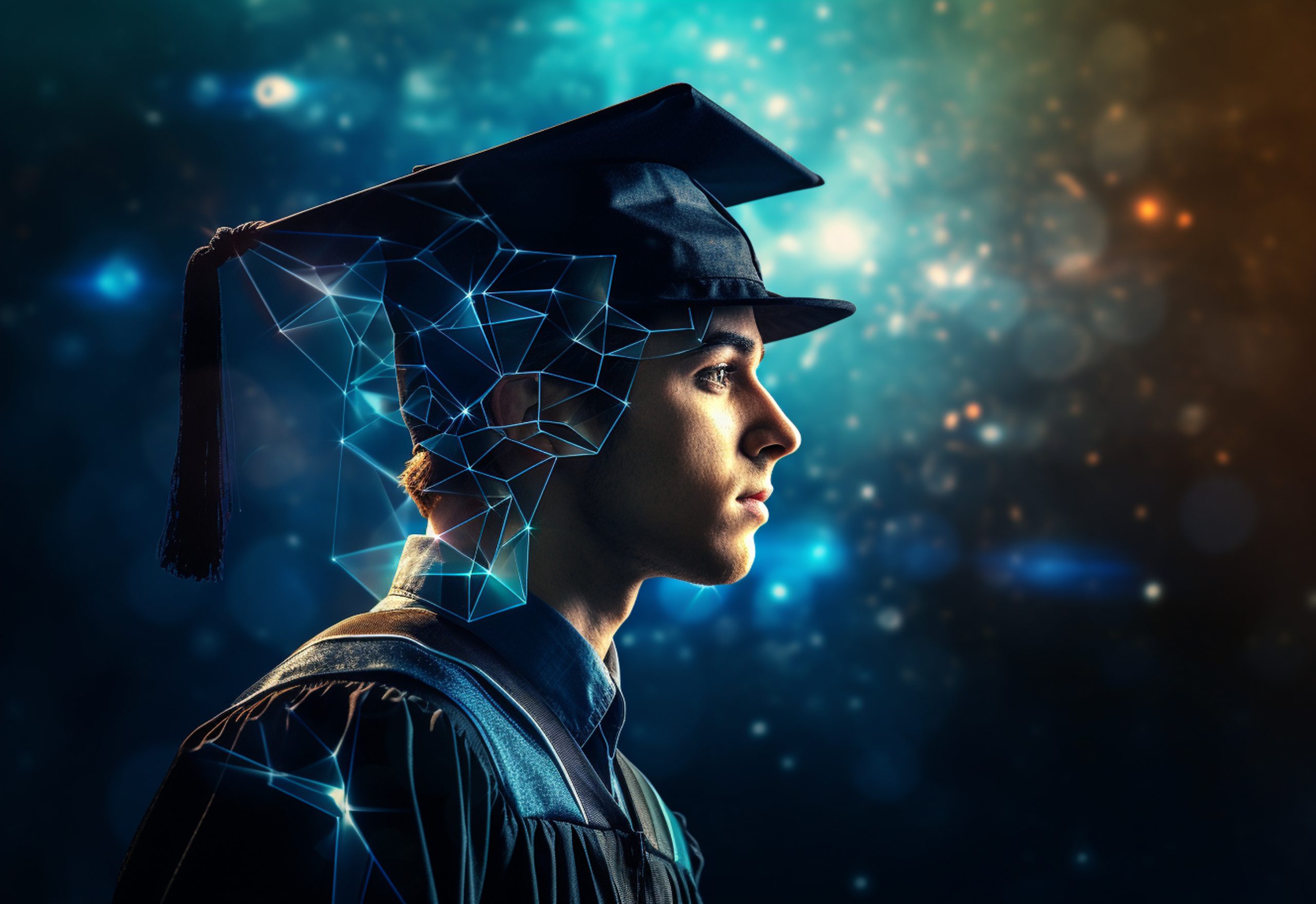In the rapidly evolving world of technology, artificial intelligence (AI) stands out as a game-changer, revolutionizing various sectors, including education. AI is no longer a futuristic concept; it is a present reality that is reshaping how we teach and learn. This blog post explores how AI is transforming teaching methods, enhancing the learning experience, and paving the way for a more personalized and efficient educational system.
The Role of AI in Education
1. Personalized Learning Experiences One of the most significant contributions of AI in education is its ability to personalize learning experiences. Traditional classrooms often follow a one-size-fits-all approach, which may not cater to the individual needs of every student. AI algorithms, however, can analyze data on each student’s performance and learning style, tailoring educational content to meet their specific needs. This personalized approach ensures that students receive the right support and challenges, enhancing their overall learning experience.
2. Efficient Assessment and Feedback Grading assignments and providing feedback can be time-consuming for educators. AI-powered tools can automate these processes, allowing teachers to focus more on instruction and student engagement. Automated grading systems can evaluate multiple-choice questions, essays, and even programming assignments, providing instant feedback to students. This timely feedback helps students understand their mistakes and improve their performance.
3. Enhanced Student Engagement AI can make learning more engaging and interactive. For example, AI-powered educational platforms can incorporate gamification, where learning activities are designed as games, making the learning process fun and motivating. Additionally, AI can provide interactive simulations and virtual labs, allowing students to explore complex concepts in a hands-on manner.
AI Tools for Teachers
1. Adaptive Learning Platforms Adaptive learning platforms use AI to adjust the difficulty level of content based on the learner’s progress. These platforms continuously assess a student’s performance and adapt the curriculum to ensure optimal learning. Examples include platforms like DreamBox, which focuses on mathematics, and Knewton, which offers adaptive learning technology for various subjects.
2. AI-Powered Tutoring Systems AI-powered tutoring systems, such as Carnegie Learning’s MATHia and Duolingo, provide personalized tutoring to students. These systems use AI to identify areas where students struggle and offer targeted assistance. They also track progress and adjust the content to ensure continuous improvement.
3. Automated Administrative Tasks AI can streamline administrative tasks, such as scheduling, attendance tracking, and communication with parents. Virtual assistants like IBM Watson Education Advisor can help educators manage these tasks efficiently, allowing them to focus more on teaching.
The Benefits of AI in Education
1. Improved Learning Outcomes Personalized and adaptive learning experiences lead to better understanding and retention of knowledge. AI-driven insights help educators identify areas where students need additional support, leading to improved learning outcomes.
2. Time Savings for Educators By automating grading and administrative tasks, AI frees up valuable time for educators. This allows them to focus on creating engaging lesson plans, interacting with students, and providing personalized support.
3. Enhanced Accessibility AI can make education more accessible to students with disabilities. For example, speech-to-text technology can assist students with hearing impairments, while AI-powered translation tools can help non-native speakers understand the content.
Challenges and Ethical Considerations
1. Data Privacy and Security The use of AI in education involves collecting and analyzing vast amounts of data. Ensuring the privacy and security of this data is crucial. Educational institutions must implement robust data protection measures to safeguard student information.
2. Bias in AI Algorithms AI algorithms can sometimes exhibit biases, leading to unfair treatment of certain students. It is essential to develop and implement AI systems that are fair and unbiased, ensuring equal opportunities for all students.
3. Balancing AI and Human Interaction While AI can enhance the learning experience, it is essential to maintain a balance between AI and human interaction. Educators play a vital role in providing emotional support, motivation, and mentorship, which AI cannot replicate.
Conclusion
AI is undoubtedly transforming the landscape of education, offering numerous benefits for both students and educators. By personalizing learning experiences, automating administrative tasks, and enhancing student engagement, AI has the potential to create a more efficient and effective educational system. However, it is crucial to address the challenges and ethical considerations associated with AI to ensure its responsible and fair use. As we move forward, the integration of AI in education will continue to evolve, paving the way for a brighter future in teaching and learning.




